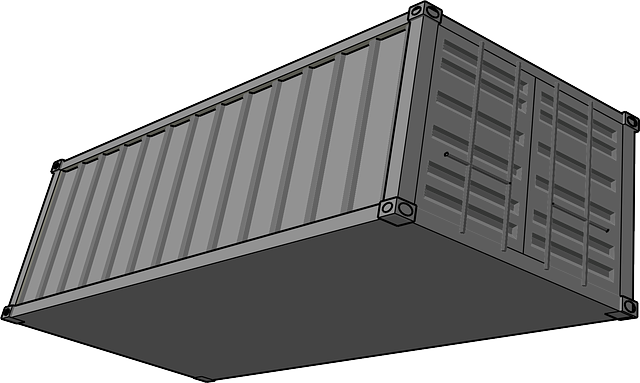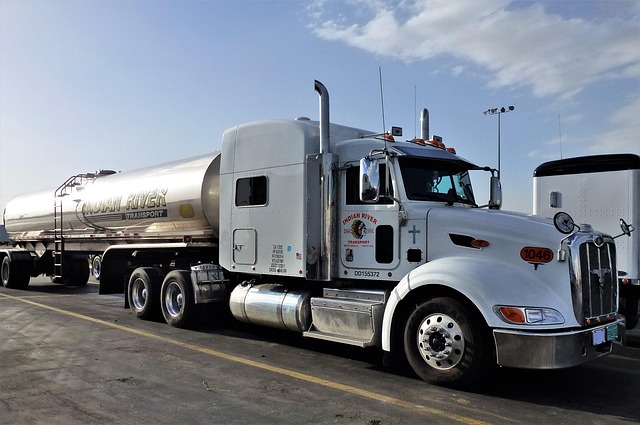Trucking operations require top-rated trucking insurance for risk management, covering liability, cargo loss/theft, and medical expenses, with policies tailored to specific business needs. Key challenges include disputes over misaligned claims and policy coverage, such as damage during transit or varying regulatory requirements, which demand meticulous policy scrutiny and clear communication for effective resolution. Effective communication, including detailed documentation and simple language, ensures alignment with coverage promises, streamlining the claims process.
In the world of trucking, efficient dispute resolution is key to ensuring claims align with the promises made in top-rated trucking insurance policies. Misalignments between claims and coverage can lead to costly delays and strained relationships. This article guides you through understanding crucial elements of trucking insurance policies, common misalignments, and effective strategies for resolving disputes. From initial claim assessment to preventative measures, learn how to navigate challenges, foster transparent communication, and build a robust claims management system, all vital for maximizing the benefits of top-rated trucking insurance.
Understanding Coverage Promises in Top-Rated Trucking Insurance

Trucking operations rely heavily on insurance to mitigate risks and ensure smooth business continuity. Top-rated trucking insurance stands as a cornerstone in this regard, offering comprehensive protection tailored to the unique needs of truckers and logistics companies. Understanding coverage promises is a critical step in resolving disputes and ensuring claims align with policyholders’ expectations.
These top-tier insurance plans promise broad spectrum coverage, including liability for damage or injuries caused during transit, cargo protection against loss or theft, and medical expenses for those injured in accidents. They also extend to legal defense costs, providing financial safeguard against potential litigation. By comprehending these promises, truckers can proactively manage risks, file accurate claims, and navigate disputes effectively when incidents occur.
– Key elements of trucking insurance policies

Trucking insurance policies are designed to protect businesses and drivers in the event of accidents, damage, or legal issues related to their operations on the road. Key elements of these policies include liability coverage, which compensates for damages caused to others, and collision coverage, which pays for repairs or replacements after a trucking-related accident. Additionally, top-rated trucking insurance often includes cargo coverage to protect against loss or damage to the goods being transported.
Other critical components may be specific to the industry, such as trucker’s legal defense costs, which can cover legal fees associated with disputes related to traffic violations, accidents, or other legal issues. Many policies also offer endorsements for specialized risks, like loading/unloading operations or towing services, ensuring that the coverage aligns with the specific needs of the trucking business.
– Common misalignments between claims and promises

In the realm of top-rated trucking insurance, one of the primary challenges lies in resolving disputes that arise from misalignments between claims and coverage promises. Often, these misalignments stem from misunderstandings or misinterpretations of policy terms, leading to discrepancies in expected versus actual compensation. For instance, truckers might file claims for damage incurred during transit, only to discover that their insurance policy’s coverage limits or exclusions do not fully support their demands. Such gaps can cause frustration and financial strain, impacting the overall customer experience with top-rated trucking insurance providers.
Another common issue involves disputes over the scope of coverage, especially in dynamic industries like trucking where operations span various states with different regulations. Policyholders might assume that their insurance promises comprehensive protection across all scenarios, only to face obstacles when making claims in jurisdictions with stricter requirements or unique risk factors. Navigating these complexities requires meticulous attention to policy details and proactive communication between insured parties and insurance carriers to ensure alignment from the outset.
Effective Communication Strategies for Dispute Resolution

Effective communication is a cornerstone of successful dispute resolution, especially in the complex landscape of top-rated trucking insurance claims. When navigating a claim, clear and concise dialogue between all parties—from insureds to carriers—is vital to ensuring alignment with coverage promises. Insureds should meticulously document conversations, sharing detailed accounts of incidents and expected coverage with their insurance providers. This proactive approach enables insurers to swiftly assess claims against policy terms, streamlining the resolution process.
During discussions, maintaining a calm and professional demeanor fosters an environment conducive to rational problem-solving. Insureds and carriers alike should actively listen, seeking to understand opposing perspectives without interruption. By doing so, they can identify discrepancies or misunderstandings early on, preventing escalations. Utilizing straightforward language and avoiding legal jargon ensures everyone involved comprehends the discussion’s essence, reducing potential misinterpretations that could hinder a swift resolution.
In resolving disputes with top-rated trucking insurance providers, a meticulous understanding of coverage promises is paramount. By identifying common misalignments and employing effective communication strategies, industry professionals can ensure claims accurately reflect the protective measures offered by these policies. This approach not only safeguards against financial discrepancies but also strengthens the relationship between carriers, brokers, and insurers, fostering a more transparent and reliable trucking industry.
